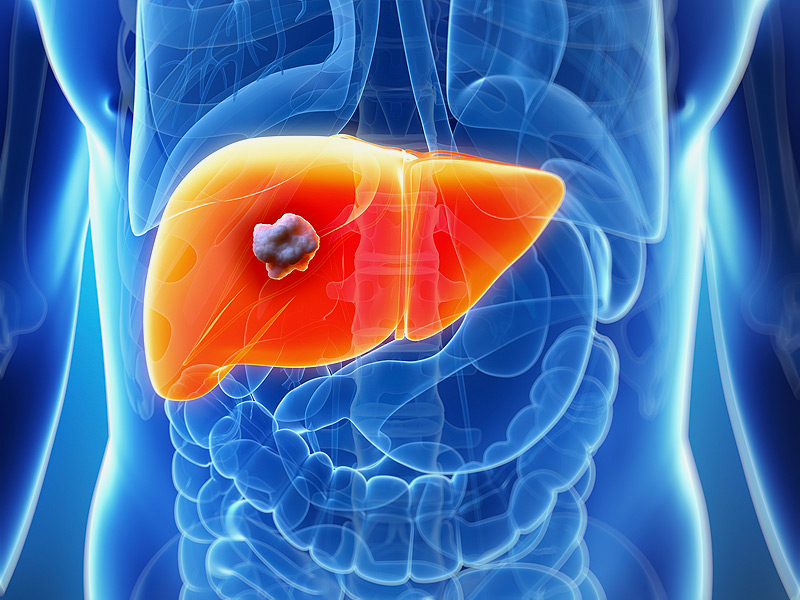Abstract
Pediatric hepatoblastoma is the most common primary liver cancer in infants and children. Studies of hepatoblastoma that focus exclusively on tumor cells demonstrate sparse somatic mutations and a common cell of origin, the hepatoblast, across patients. In contrast to the homogeneity these studies would suggest, hepatoblastoma tumors have a high degree of heterogeneity that can portend poor prognosis. In this study, we use single-cell transcriptomic techniques to analyze resected human pediatric hepatoblastoma specimens, and identify five hepatoblastoma tumor signatures that may account for the tumor heterogeneity observed in this disease. Notably, patient-derived hepatoblastoma spheroid cultures predict differential responses to treatment based on the transcriptomic signature of each tumor, suggesting a path forward for precision oncology for these tumors. In this work, we define hepatoblastoma tumor heterogeneity with single-cell resolution and demonstrate that patient-derived spheroids can be used to evaluate responses to chemotherapy.
Introduction
Hepatoblastoma (HB) is the most common primary pediatric liver cancer, accounting for approximately 1% of all pediatric malignancies, and its incidence is rising1. Five-year survival for HB is among the lowest for childhood cancers, driven by the 20% of cases that are chemotherapy resistant or unresectable2,3. Current clinical risk stratification remains dependent on imaging and histological features at the time of diagnosis, with serum AFP as the only molecular marker4. There is an urgent need to improve the molecular characterization of HB to more accurately risk stratify patients. For patients with advanced HB, no effective treatment options exist outside of liver transplantation5. Progress in treating aggressive HB has been limited by the lack of models that reflect the heterogeneity of this tumor and that can be used to identify therapies6. The significant cellular heterogeneity observed in HB, both within and across patients7, likely accounts for the limited utility of genomic studies from bulk tumor tissue for cancer staging8,9,10,11. Methods now exist for analyzing gene expression at the level of individual cells from dispersed neoplastic and normal tissues12.
In this work, we use single cell RNA sequencing (scRNA-seq) to distinguish HB tumor cells from non-tumor cells, and to identify tumor cell signatures that may account for the heterogeneity observed in HB tumors. We also use HB patient-specific spheroids (PDS) to predict treatment response and identify therapeutic targets.







